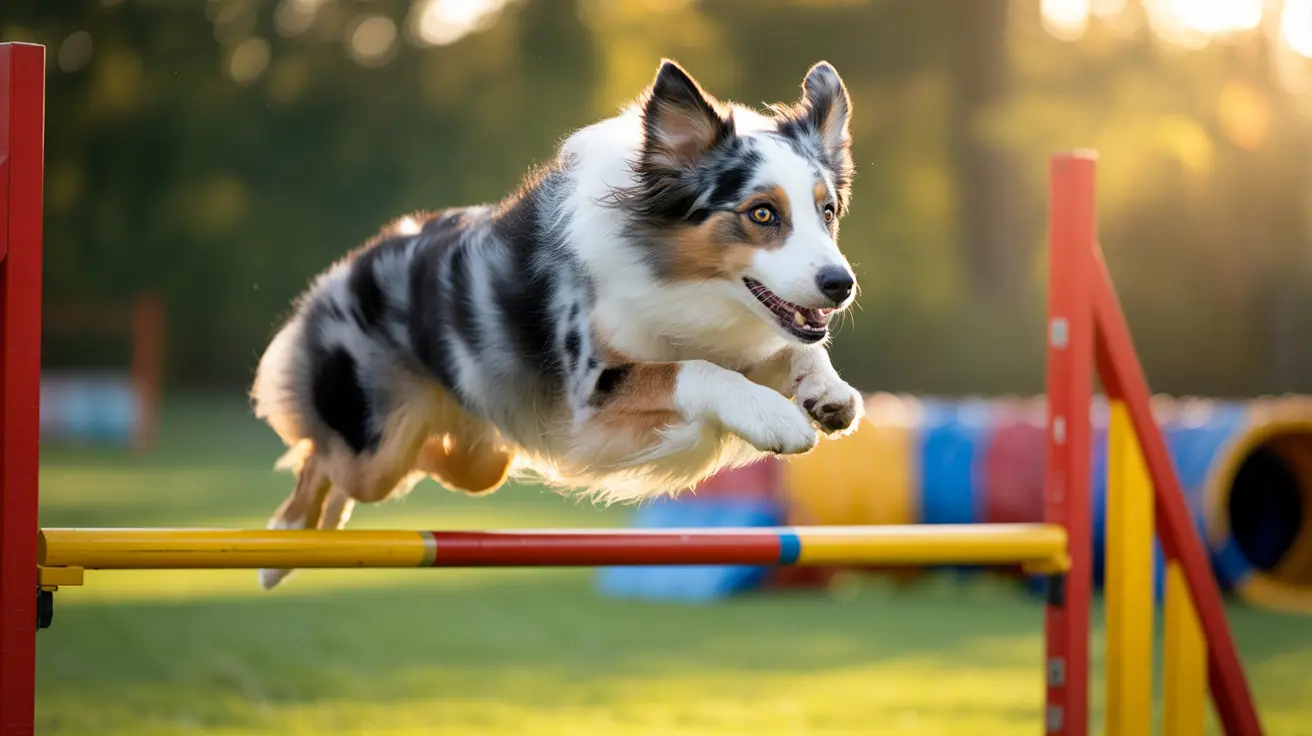Lifespan of a German Shepherd Lab Mix (Sheprador)
The German Shepherd-Labrador mix, commonly known as the
Sheprador, is a beloved hybrid combining the intelligence and work ethic of the German Shepherd with the joyful loyalty of the Labrador Retriever. This medium to large-sized dog often appeals to active families and working individuals due to its versatility, energy, and loving temperament. One common question prospective and current Sheprador owners have is:
What is the average lifespan of a German Shepherd Lab mix?
Understanding the Sheprador's Lifespan
On average,
Shepradors live between 10 and 14 years. This range is influenced by various factors, including genetics, overall health, nutrition, environment, and quality of care. Since each Sheprador can inherit different traits from either parent breed, their lifespan may vary depending on which lineage is more dominant.
Factors That Influence Lifespan
Several key factors determine how long a Sheprador might live:
- Genetics: Dogs from healthy, well-screened parent breeds tend to have a better chance of a long life.
- Diet: A well-balanced, nutritionally complete diet tailored to the dog’s age and activity level significantly supports overall health.
- Exercise: Regular physical activity keeps Shepradors fit and prevents obesity, a common issue in this breed that can shorten lifespan.
- Veterinary Care: Routine check-ups, vaccinations, and early detection of health problems are crucial for longevity.
- Training and Mental Engagement: Cognitive stimulation through training and activities like tracking or agility helps maintain behavioral and emotional wellness.
Common Health Concerns in Shepradors
To understand a Sheprador’s potential lifespan, it helps to consider
health issues inherited from both German Shepherds and Labradors. These may include:
- Hip and Elbow Dysplasia: A malformation of joints leading to arthritis and pain in older age.
- Bloat (Gastric Dilatation-Volvulus): A serious condition more common in deep-chested breeds. Preventive feeding practices can reduce the risk.
- Progressive Retinal Atrophy (PRA): Eye deterioration that can lead to blindness.
- Obesity: Labradors are especially food-driven, so weight management is vital.
- Degenerative Myelopathy: A neurological disease affecting many German Shepherds as they age.
Regular vet visits, early testing, and preventive care can mitigate or delay these conditions' impact, potentially extending a Sheprador’s lifespan.
Lifestyle Tips for Increasing Lifespan
Owners who want to maximize their Sheprador’s lifespan should focus on the following:
- Daily Exercise: Aim for at least 60 minutes of active play, walking, or training.
- Mental Stimulation: Puzzle toys, obedience work, and scent games keep the mind sharp.
- High-Quality Diet: Feed a balanced food meeting AAFCO standards with proper portion control.
- Regular Grooming: Weekly brushing helps spot skin problems early and provides bonding time.
- Positive Socialization: Introducing the dog to various environments and people reduces stress and promotes mental well-being.
Signs of Aging in Shepradors
As Shepradors age, they’ll experience changes much like humans do. These can include:
- Decreased energy and mobility
- Graying fur, especially around the face and muzzle
- Joint stiffness or arthritis
- Changes in appetite or digestion
- Increased anxiety or sensitivity to separation
Veterinary support, a soft bed, joint supplements, and a calmer daily routine can help aging Shepradors enjoy their senior years in comfort.
Conclusion: A Commitment Worth Making
With proper care, a Sheprador can be a loyal and loving companion for over a decade. Their
lifespan of 10–14 years reflects both their mixed heritage and the commitment of their human families to their health and wellness. Whether you're an adopter looking for a family dog or a pet parent enjoying your Sheprador’s golden years, investing in their well-being will yield years of joy, loyalty, and unforgettable memories.





